Just a walk around Cordova in autumn in the purest style of the French flâneur, with all the mystique and hedonism possible, to understand that the Cordovan patio it is something like a state of mind that goes beyond pure aesthetic enjoyment.
A space designed so that you do not want to be anywhere else in the world. An oral limbo, aromatic and fresh! where to quench the spirit's thirst for contemplation and plug in its daily dose of beauty.
The courtyard becomes like the Andalusian Zen temple that the classical Cordovan poet José de Miguel would describe in his poem Donde Córdoba es patio: “Where lime is a millenary rite, where the sun is a heated crucible, where the shadow is a peaceful nest, where calm keeps a sanctuary...”.
It will be this sonnet, with which his figure is remembered on a tile in the courtyard of the Pediment of the Royal Circle of Friendship, which we will recite as a mantra while we walk without Google Maps alleys and squares to let ourselves be fooled by that slow, eternal Córdoba... with white walls and pots of colorful flowers, that we keep in our childhood memories.
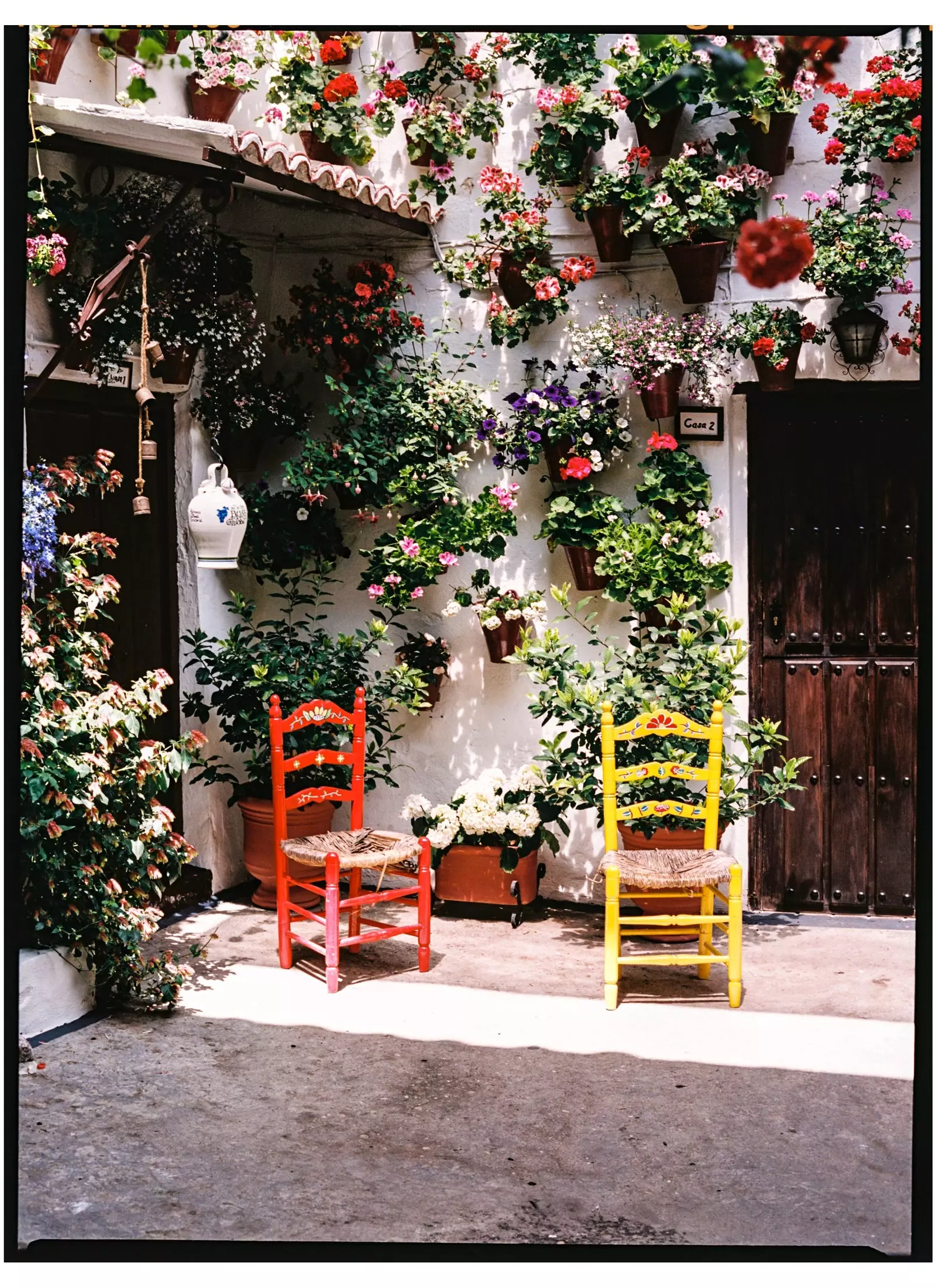
One of the famous patios in the San Basilio neighborhood.
Summer is not the time to 'flaneala'. High temperatures prevent life on the street. But in autumn that 'calm' becomes more breathable, more real, more palpable. And with De Miguel's verses as a compass we feel that we are "rereading" those invisible codes that any city weaves.
Only in this one, where Romans, Arabs and Jews left a deep mark on the architecture, gastronomy and rituals, those flashaszos are better hunted if you wander aimlessly. Do it, yes, after visiting the Mosque, the Alcázar and the Medina Azahara of that Cordoba for beginners. Oh, Córdoba in autumn.
To walk, wander and be inspired, it seems to us the perfect city, of human dimensions. You won't find airports or subways to take you to the center; although there is the option of walking from the station to Tendillas Square , the commercial center of the city, just one kilometer away.
And the historic helmet it is of such dimensions that you will only want to leave it to enjoy the latest culinary proposals open away from the expensive rents of the old town.
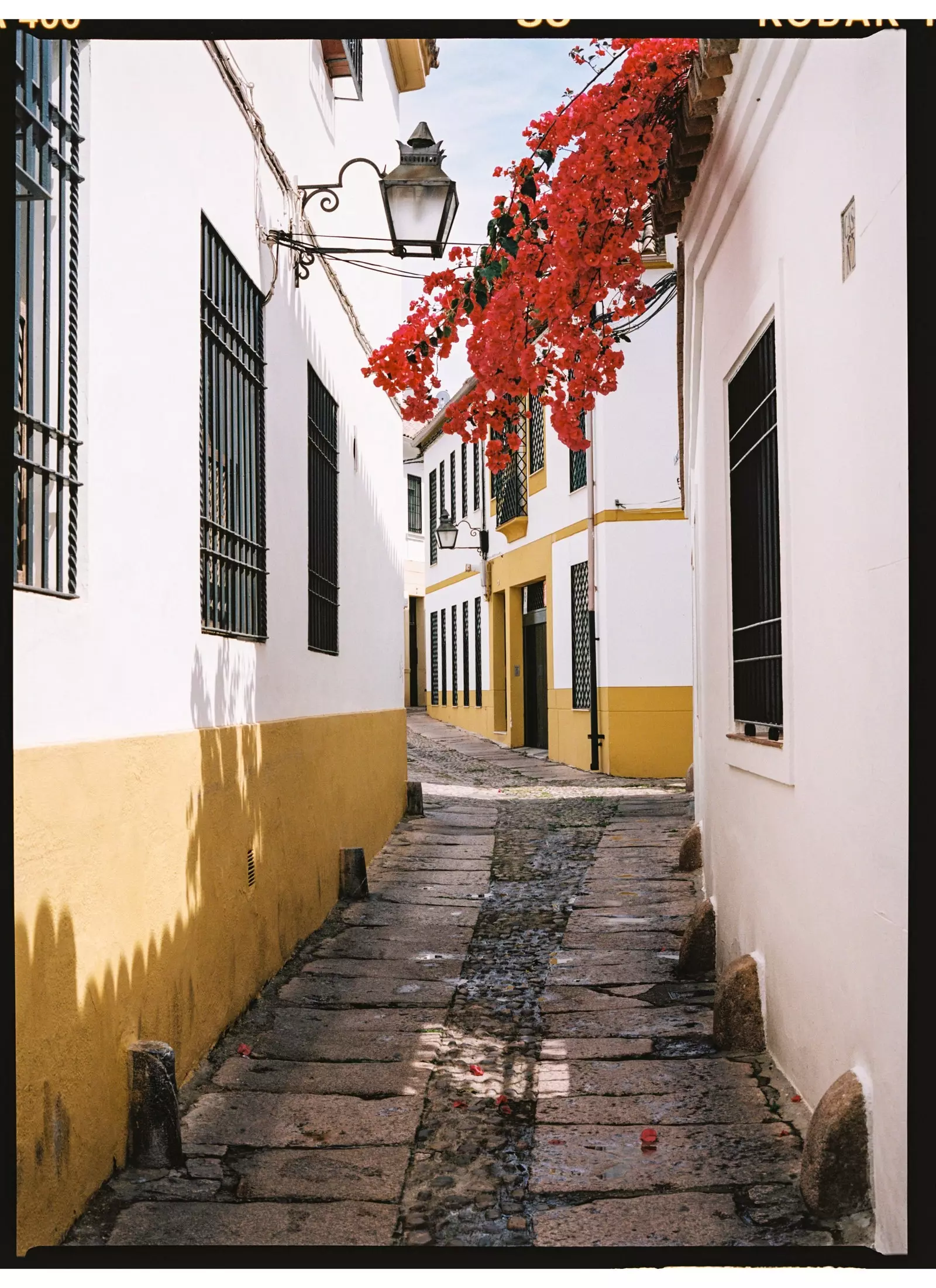
Strolling through the old town is a pleasure at this time.
From the train station to our hotel we have arrived doing an exercise: take the vital pulse of the city. Around the streets adjacent to the bustling Plaza de las Tendillas – where we will stay in the H10 Palace of Colomera, a restored old mansion – shops, terraces and taverns are full of people.
We have not been able to resist stopping at one of them, or having a delicious black chocolate and dulce de leche ice cream on the La Flor de Levante ice cream parlor.
Our visit, as we are informed upon arrival at the hotel, coincides with the Flora Festival, that creates oral installations by international artists in every corner.
The patio – which in Córdoba is a letter of introduction – The H10 Palacio de Colomera boasts a small pool to cool off that, although shallow, more than fulfills its function. Surrounded by loungers, it is accessed through an atrium bathed in natural light where breakfast is served.
But none of the spaces casts a shadow on the terrace, from which not to lose any detail of Plaza de las Tendillas at sunset. The sculpture of a naked young man sitting on the phoenix in the building opposite has us spellbound. and can even be seen the profile of the great Mosque while we drink a cocktail and snack on something.
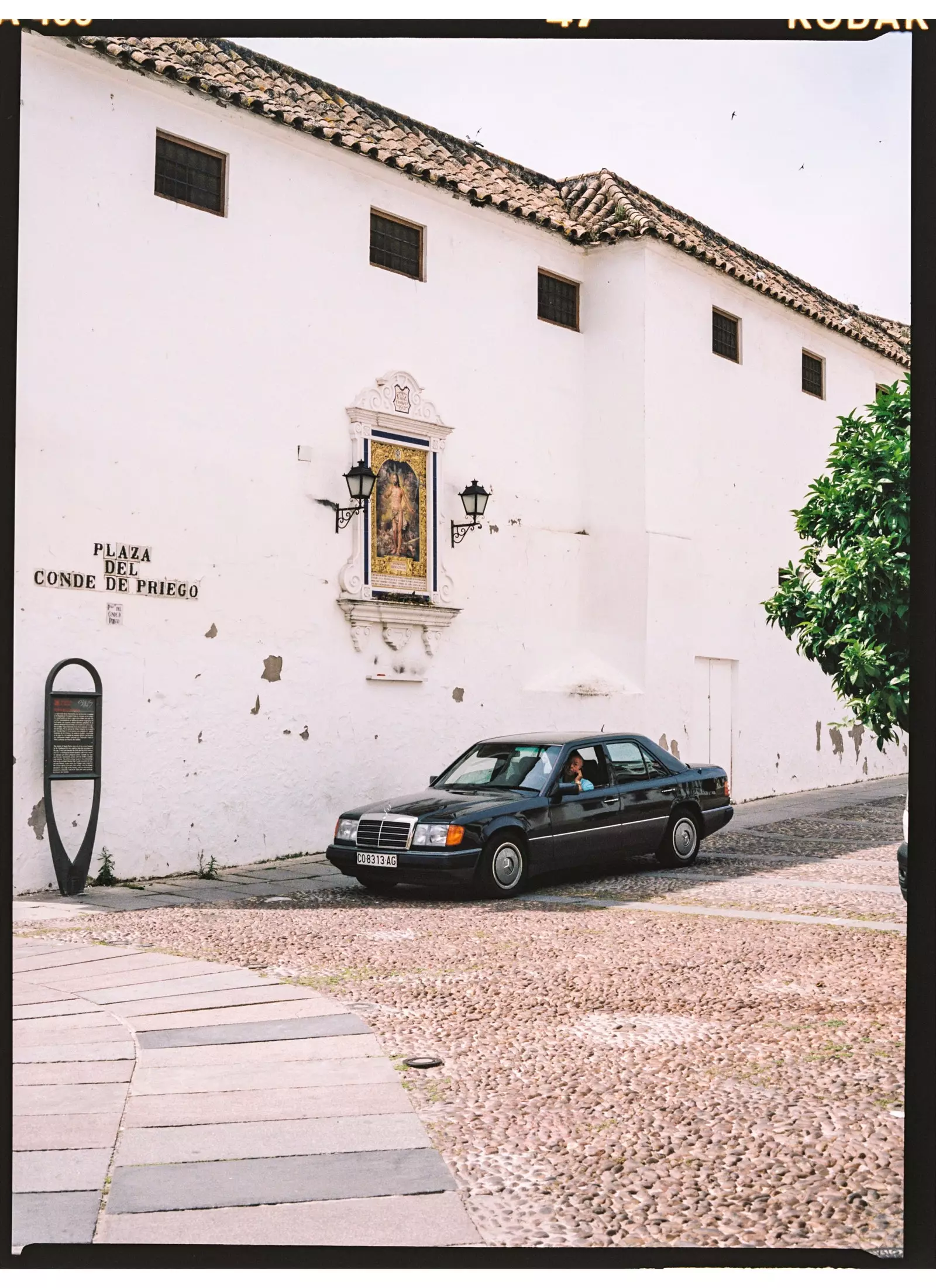
Córdoba is full of charming squares.
When we go out and we entered the Jewish quarter, the narrow streets, the squares, the churches, the historical buildings... it seems to us that they are strewn with play of light and shadow , of colors and details that awaken those memories of when we were children.
We discovered that these places have nearby or within a colorful courtyard-shrine , where to stop, shut up, listen and look again.
Under the resounding light of Córdoba, and before the clock of the flamenco guitar in the Plaza de las Tendillas strikes the hour of the wines, on another of those days of being –without further ado– strollers, we set off towards the traditional neighborhood of Santa Marina, that of the bullfighters.
In the Count of Priego Square a sculpture recalls one of its most illustrious neighbors, Manolete, who is still alive in the portraits of the taverns, of bullfighting court and glorious tapas. Santa Marina is also home to one of the most successful neighborhood patios in Córdoba, that of number 6 Marroquíes street. Of course, it can only be visited in spring during the Patio Festival.
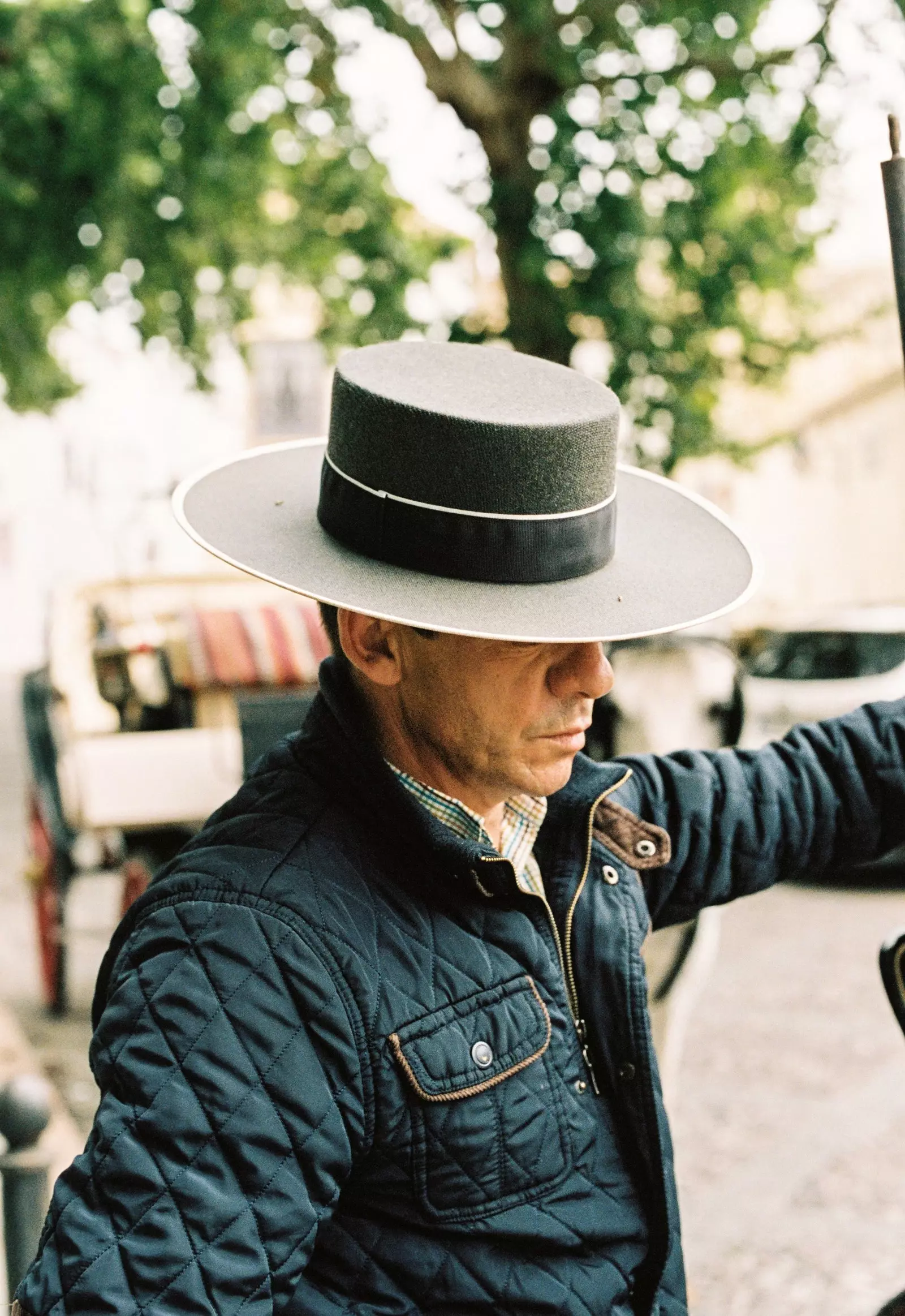
A coachman waits for the moment to take tourists through the old town.
We were able to quench our thirst for flowery beauty in the Yard Barter Four –the courtyards interpretation centre, permanently open– and, above all, in the nearby Viana Palace. It's huge 16th century manor house, with its twelve courtyards-sanctuary and its huge garden exemplifies that conception of the patio as a state of mind like no other place.
Each corner – which leads you to the next – causes a totally different effect on you. That is because respond to different times and to the taste of their owners –several noble families have lived in this palace house over time–.
Y In each patio there are aromas and diverse floral forms that tell different stories. Faithful to our philosophy of 'no haste or plans', we observe how some visitors treat themselves to reading time in one of its shady corners or, simply, remain next to one of the fountains while, from there in the distance, the tolling of the bells.
Track the old mosques converted into small churches , is another interesting way of strolling through the city: the eleven medieval churches ordered to be built by Fernando III el Santo on top of mosques, between the 13th century and the beginning of the 14th, make up a route that runs through several neighborhoods.
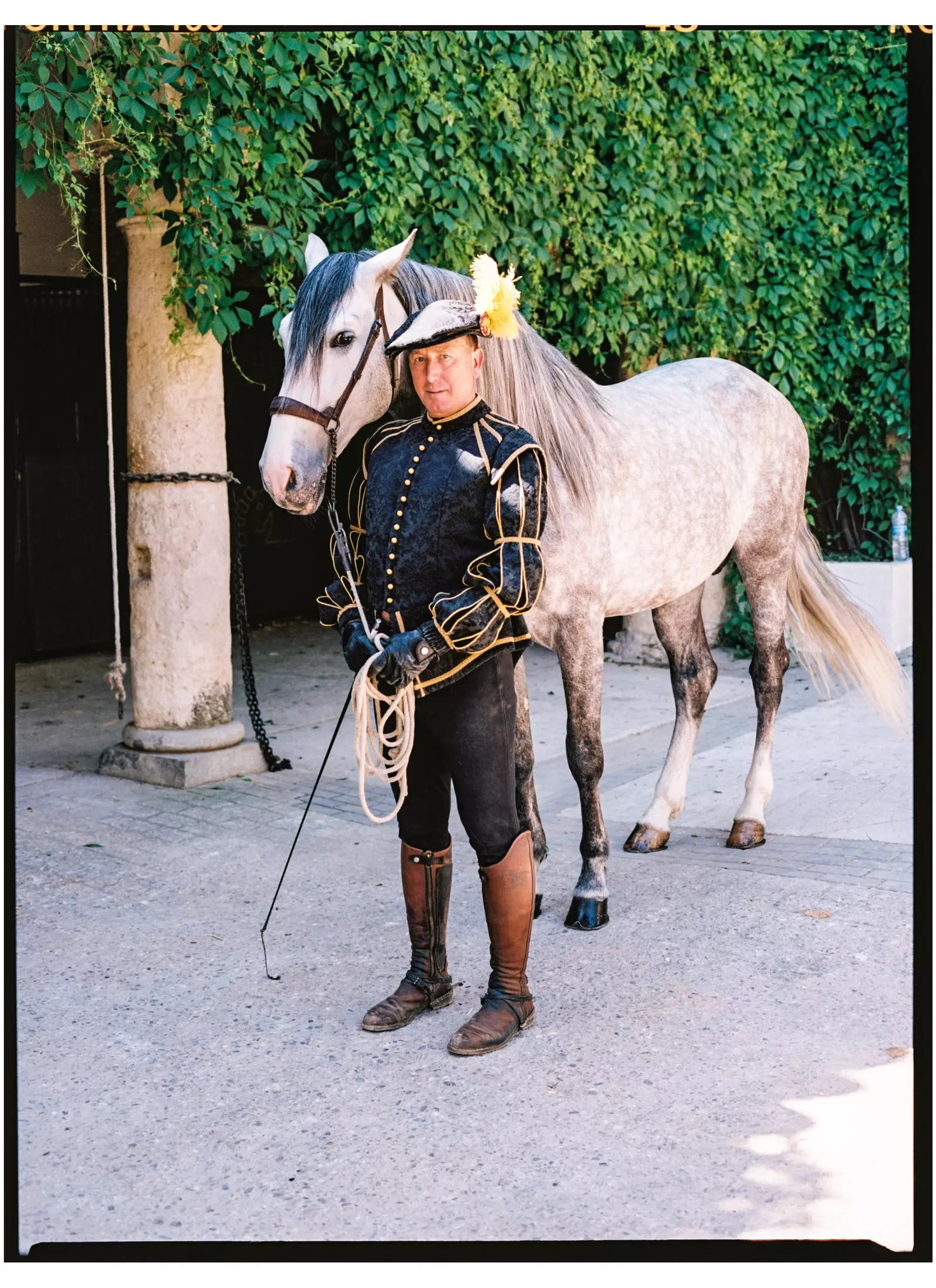
The Royal Stables of Córdoba, from 1570.
When we leave the Viana's Palace it was wine time. Taverns were not lacking along the way. In them a kitchen of caps Well made with quality products. But we wanted a different culinary experience –beyond the salmorejo and the flamingo, that we adore–
Through Rejas de Don Gome street, from where you can see the courtyards of the palace behind bars, and crossing the to Plaza de las Beatillas , five minutes away we find one of those revelation places after the pandemic: To Mortar 3. With only two tables, it has revolutionized the way of understanding cuisine in the city. Their tasting menu –which cannot be consulted because it is a surprise– changes every day.
This commitment to what is different, added to the culinary background of his chef, Lorenzo Rodriguez, has served to position it on the Cordovan gastronomic map in record time.
He is one of many whom the current situation has brought back to their origins and who, once here, has decided to break the mold in a city that is usually overturned with classic concepts. There are only natural juices and a careful selection of wines. A good starting point to let yourself be seduced by Lorenzo's mestizo cuisine.
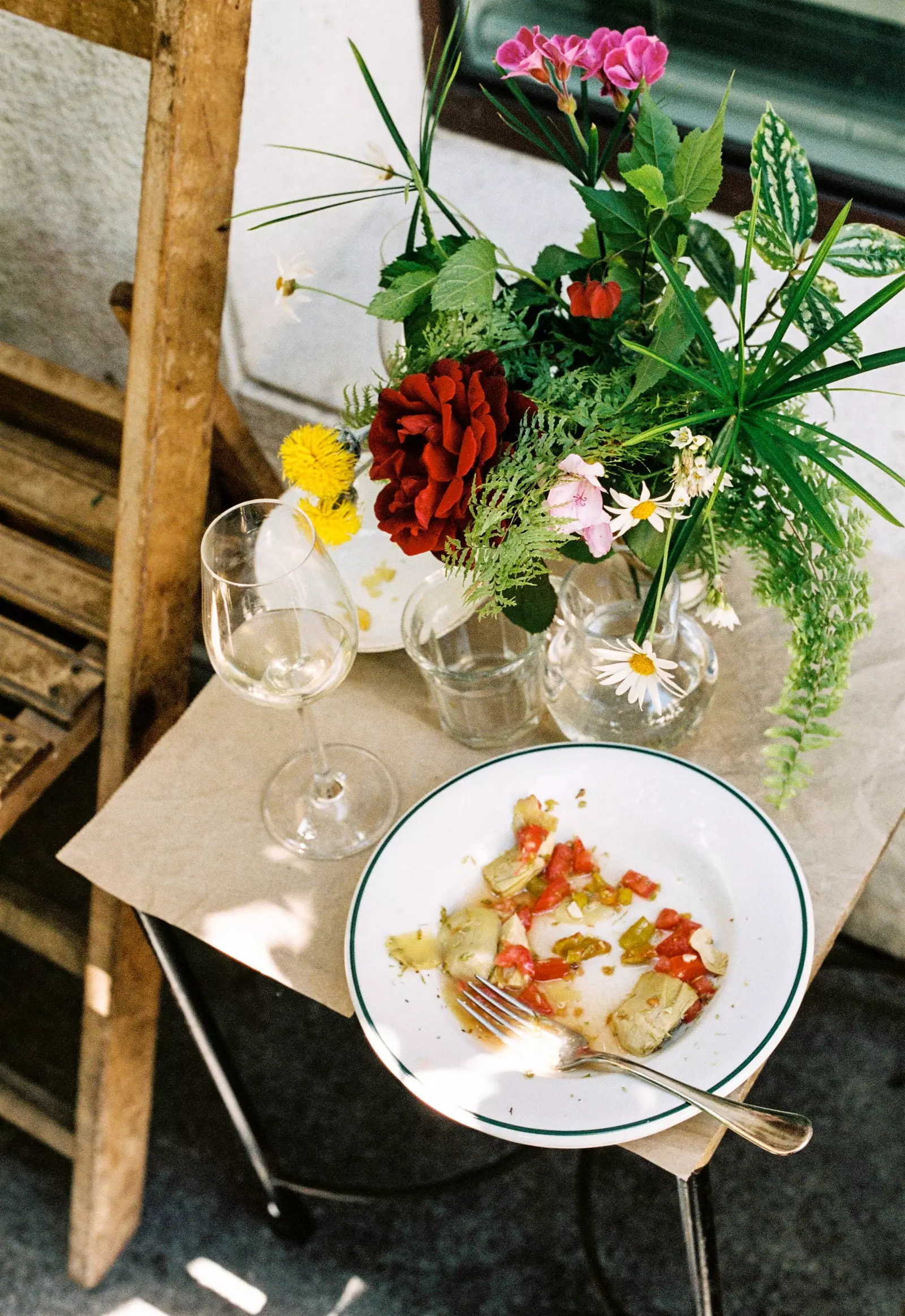
Juice Live Wines, where fresh and local products are offered.
Another simple plan – without fireworks or much complexity – was to buy a bag of chips in the Fry of the Christ of the Lanterns, in the middle of Calle de Alfaros, which we walked until we reached the Cuesta del Bailío. There, in one of their more than 30 steps, sitting down to enjoy the crunch of our street cuisine, we surrender to the enjoyment of a spectacular bougainvillea exploding with color on the white wall.
Afterwards, we approached the nearby Plaza del Cristo de los Faroles –Córdoba is a city of collectible mythical squares– and from here, crossing the poetic Jardines de Orive, where the International Poetry Festival is based, and avoiding some cats that were lurking to demand some pampering from us, we headed towards another of those “different” places that have come to revolutionize concepts.
Live Wine Juice , in the nearby little square of San Andrés, is the new modern aperitif temple, with delicious natural wines, cheeses and other local products that Gaby Mangeri and Javi Orcaray, the owners, discover and select during their visits throughout the province. Indeed, They don't have a patio, but they do have flowers from their neighbor, Luz. , who at 93 years old cares “the most beautiful patio in the world” , as we were told. Her terrace, under the shade of an orange tree, It has it all: a good atmosphere, cultural events and anchovies in vinegar that seemed like a blessing to us, worthy of any award.
We did not want to leave Córdoba without taking one last walk through the Guadalquivir river bank at nightfall. And on the Roman bridge we put a candle to the sentinel of the city, the Archangel of San Rafael. What do we ask of you? Among other things, come back very soon and continue to be inspired by this city and its symbols.
This report was published in the number 147 of the Condé Nast Traveler Magazine (Summer 2021). Subscribe to the printed edition (€18.00, annual subscription, by calling 902 53 55 57 or from our website). The April issue of Condé Nast Traveler is available in its digital version to enjoy on your preferred device
SUBSCRIBE HERE to our newsletter and receive all the news from Condé Nast Traveler #YoSoyTraveler
